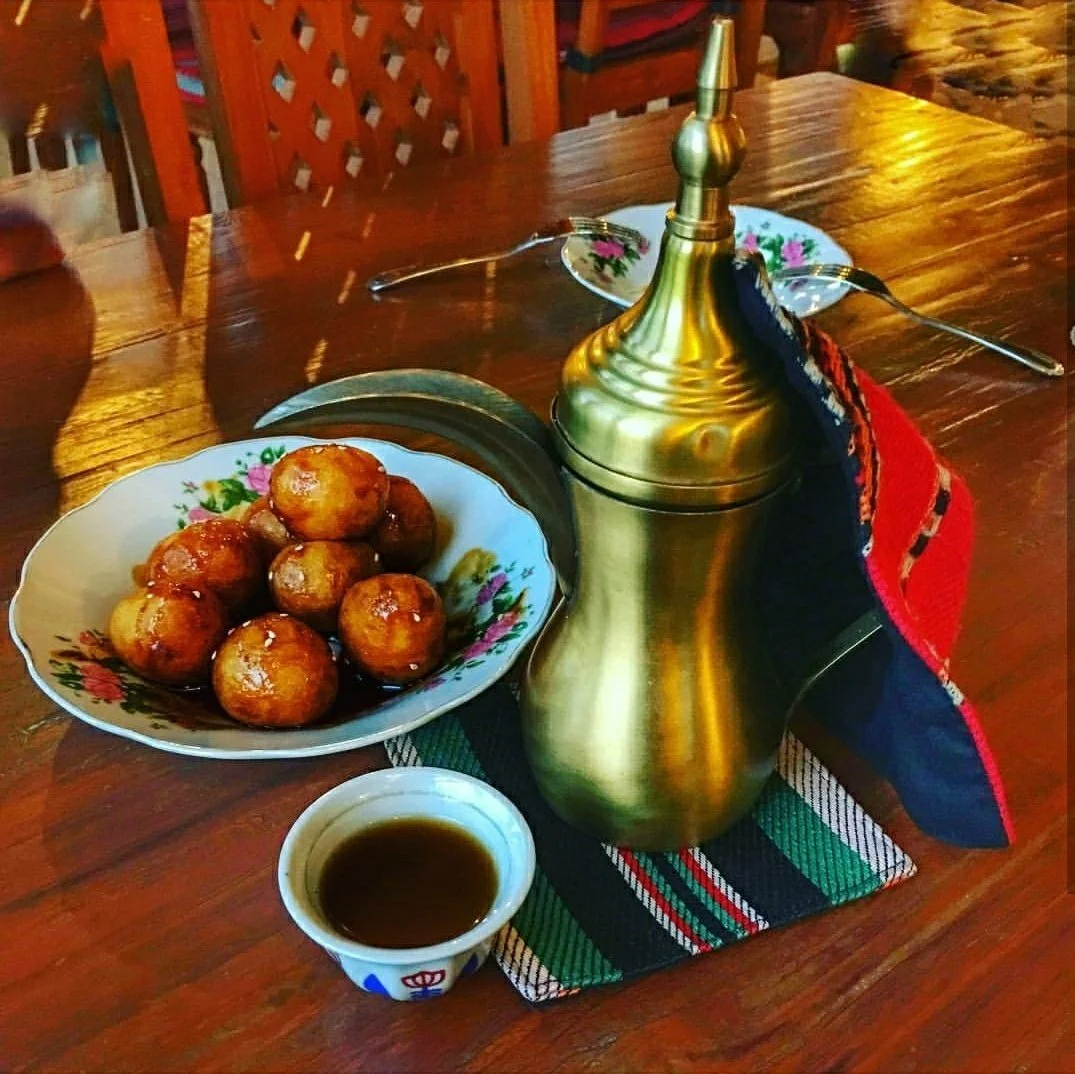
That Translator Can Cook: Margoog
This hearty stew is also called ‘matateez,’ which is quite fun to say. I could not find anything about margoog’s history, whether I searched in English or Arabic, so…

That Translator Can Cook: Harees
Harees is a very old recipe; variations of this porridge can be found in the 10th-century cookbook, Kitab al Tabikh…

That Translator Can Cook: Mutabbaq
Mutabar (muta meaning ‘egg’ and bar meaning ‘roti’) is the original name of this dish, but I’m not quite sure which language it is…

That Translator Can Cook: Masoob
Masoob, also known as malikia in Yemen, is a breakfast and dessert (depending on personal preferences) that is popular in the Arabian Peninsula…

That Translator Can Cook: Luqaimat
Here we have another dessert that’s commonly made during Ramadan. Luqaimat means “small bites” in Arabic and that’s exactly what they are: small bites of sweetness…

That Translator Can Cook: Tharid
Tharid is said to be Prophet Muhammad’s favorite dish: “…And the superiority of A'ishah [his wife] to other women is like the superiority of tharid to other kinds of food" (Sahih Al Bukhari Volume 7, Book 65, Number 329)…

That Translator Can Cook: Balaleet
Balaleet is popular in the Gulf countries, but it is considered to be a traditional Emirati dish. In the UAE, expatriates make up almost 90% of the population…

That Translator Can Cook: Mutabbaq Samak
A significant portion of Kuwaiti cuisine is made up of fish/seafood. The fish mainly used is zubaidi (pomfret), the ‘zubaidi’ comes from the Arabic word ‘zubda,’ which makes sense since the pomfret is a type of butterfish…
